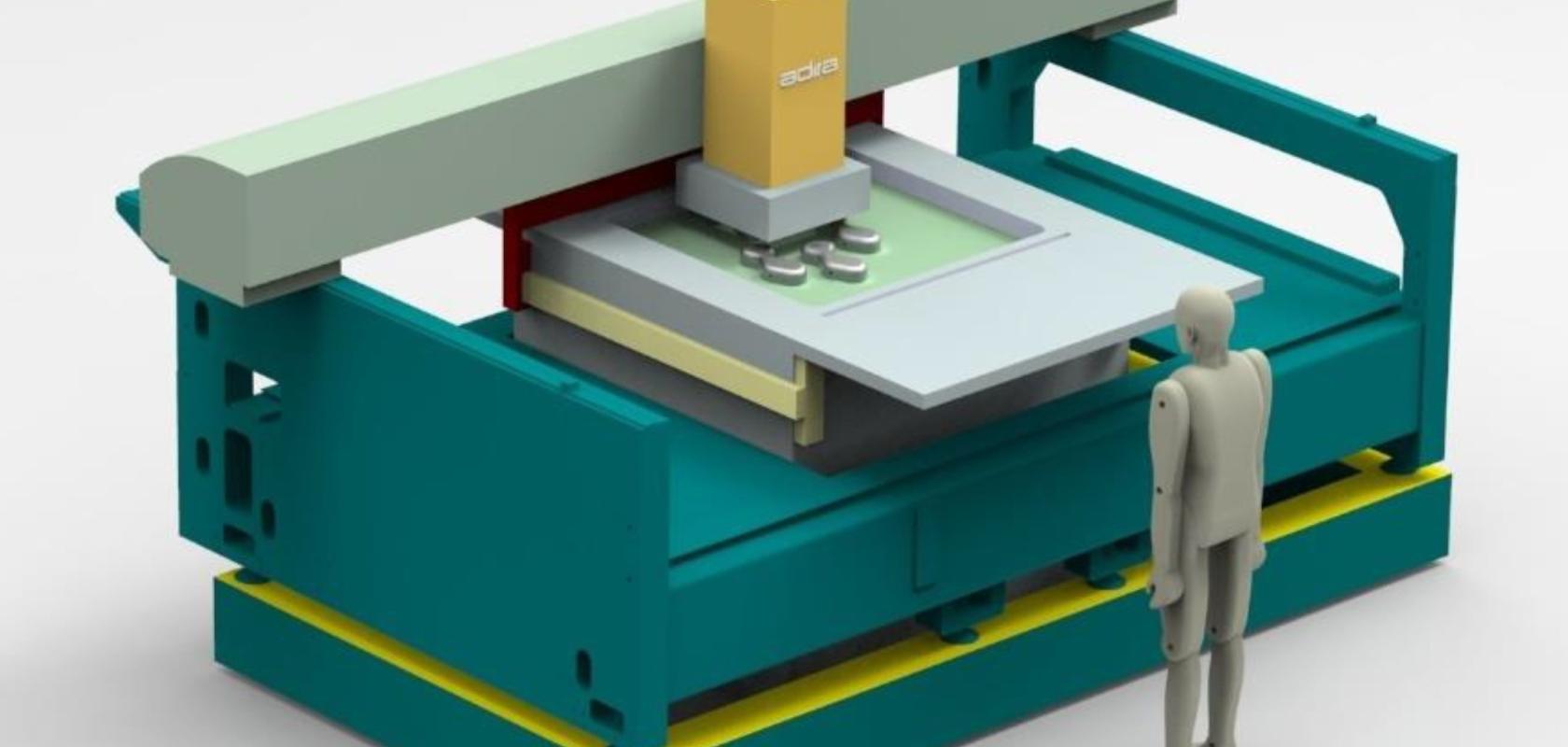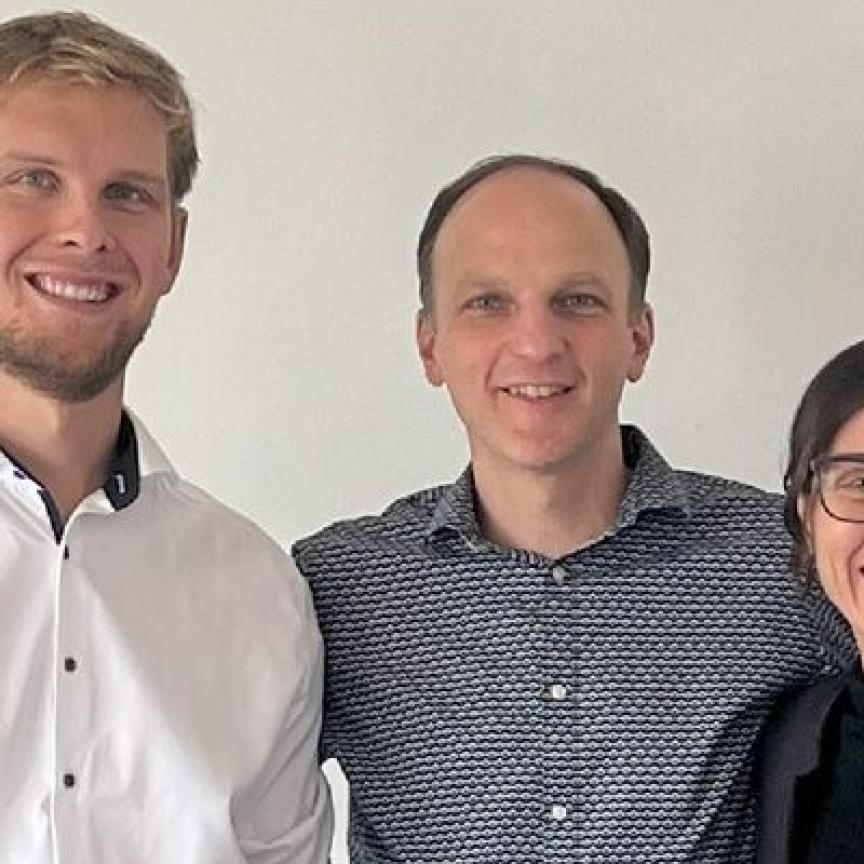An ongoing collaborative project is looking to drive the adoption of large-scale metal additive manufacturing.
The ‘SLM-XL’ project consortium – lead by equipment manufacturer Adira Metal Forming Solutions and comprising the University of Lisbon, the New University of Lisbon and end user Manuel Conceição Graça – intends to do this by providing further understanding on the effect that upscaling has on the properties of additively manufactured parts.
So far the consortium has been investigating the production of large-scale parts made from 316L stainless steel, and aims to develop a methodology for selecting the process parameters required to fabricate such parts.
Building big
The consortium is working with a prototype large-scale selective laser melting (SLM) machine developed by Adira, the concept of which was initially presented at Euroblech in 2016.
The machine combines a moveable build chamber and a 1kW single-mode fibre laser in a modular process known as tiled laser melting (TLM). Here, part segments are locally assembled on individual tiles and then joined together to form a complete structure. This brings a lot of scalability to the additive manufacturing (AM), according to Adira, enabling the fabrication of much larger parts than those possible using conventional AM systems.
Printing large-scale parts using SLM provides a fast and efficient way to create low-volume parts of any length and height, enabling flexibility in design and the ability to overcome disadvantages of traditional manufacturing technologies such as casting, where modifying moulds to accommodate changes in component design is both time consuming and cost-intensive.
SLM has so far been confined to the production of small parts with up to 99.9 per cent relative density, however, as increasing parts size while maintaining mechanical and other properties has proven difficult.
Current efforts
At present the SLM-XL consortium is investigating the influence that a large build envelope has on the porosity and mechanical properties of parts made from 316L stainless steel.
‘There is still significant lack of knowledge and understanding about the correlations between process parameters and mechanical properties for high-power SLM systems with increased build rates,’ said the consortium. ‘As a result of extended laser powers of up to 1kW, the solidification conditions significantly affect the resulting microstructure in terms of the size of dendrites and grains.’
Consequently, the SLM-XL consortium has focused on correlating how process parameters (e.g., laser power, scan speed, layer orientation, hatch distance, vector length, etc.) influence the density, microstructure and resultant mechanical properties of 316L stainless steel parts with different geometrical characteristics that were produced in different areas of the powder bed.
The results showed that to assure over 99 per cent density in all the building envelope of a 1m3 system, the user needs to adjust parameters as the outer zones of the envelope are reached. A methodology of performing this adjustment has been proposed by the consortium.
The SLM-XL project has been financed €2.46 million by the European Regional Development Fund (FEDER).
Image: A prototype large-scale SLM machine. (Image: Adira Metal Forming Solutions)


